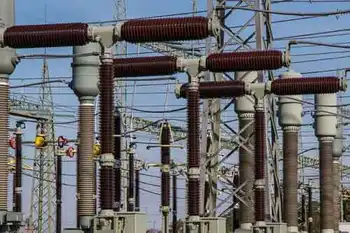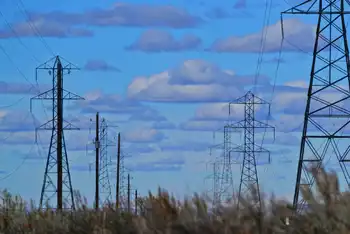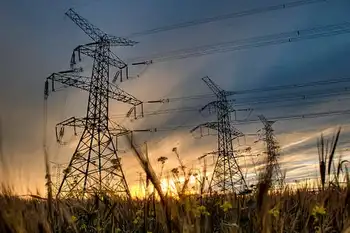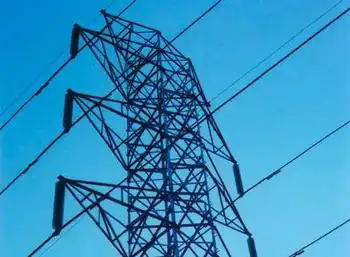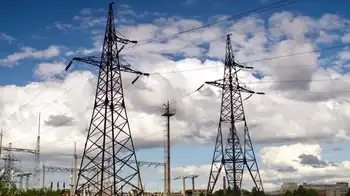Ocean waves could generate power
By Knight Ridder Tribune
CSA Z463 Electrical Maintenance -
Our customized live online or in‑person group training can be delivered to your staff at your location.

- Live Online
- 6 hours Instructor-led
- Group Training Available
During a forum sponsored by the Cape and Islands Renewable Energy Collaborative, a diverse audience that included students, selectmen and engineers was introduced to the devices that could one day provide about 7 percent of the country's energy needs.
There is potential for wave energy projects off the coast of Cape Cod, said Bill Staby, president of the Fall River-based company Resolute Marine Energy and the event's featured speaker. Staby's company is among dozens vying for a spot in the emerging market of wave energy converters.
"It appears that the U.S. market is finally waking up," he said.
The converters use the movement of waves across the ocean to create energy. The first commercial project was installed off the northern coast of Portugal late last year. In the U.S., advances have come slower but picked up steam recently with the infusion of $50 million in congressional funding for research and development for ocean energy projects, Staby said.
The idea was first proposed for Cape waters in a 2004 feasibility study by the Electric Power Research Institute. The study's authors looked closely at a location off the National Seashore in Wellfleet. Since that time, about a dozen permit applications for different test projects have been filed, Roger Bedard, the institute's ocean energy leader, said.
The study looked at about five other areas around the country. The Wellfleet site was not the best and not the worst, Bedard said.
"Maine was awful," he said. The best locations were in waters off the Pacific Northwest.
The potential of the entire U.S. coastline is about 250 terawatt hours of electricity per year, Bedard said. This is about the same as the energy derived from hydroelectric projects or 6.5 percent of the country's present energy demand, he said. But first the technology must be developed.
The basics are simple but the harsh ocean environment makes durability key, Staby said.
"Survivability is the number one determinant of success among these devices at this time." Resolute Marine Energy's design is essentially shaped like a buoy, Staby said.
But the converters come in all shapes and sizes, from large snake-like tubes that float on the ocean's surface to structures powered by air forced into a closed chamber by incoming and retreating waves. Prototypes deployed in the northwest United States basically work like giant versions of the flashlights you shake to recharge, Staby said.
Corrosion and biological fouling are among the technical hurdles any design faces, he said. Other factors in the location of converters include the willingness of local stakeholders to have the devices offshore.
They rarely rise high out of the water - about chest height for the buoy design - so controversies over visual impacts such as the proposed Nantucket Sound wind farm should be limited, Staby said.
Fishermen have raised the most concern so far, he said.
Staby expects his company could have a small version in Massachusetts waters by the end of 2008. And while initial forays into the industry are based close to shore, the further offshore the better, he said. Technology is only a part of what the Cape can potentially do to reduce its use of fossil fuels, said Chris Powicki, president of the Cape and Islands Renewable Energy Collaborative steering committee.
"You have to have a full portfolio of supply options in order to do (reduce fossil fuel use) successfully," Powicki said. And while projects such as Cape Wind could go a long way toward making such efforts possible lower profile efforts such as wave energy and efficiency programs are needed to, he said.
Wave Energy Converters: Heaving devices sit like buoys on the ocean's surface creating energy through a generator that runs a magnet up and down through a copper coil (similar to flashlights that recharge when shaken).
- Pitching devices are giant jointed tubes that derive energy as they pitch up and down in the water.
- Oscillating water column type uses air forced into a structure anchored to the shoreline to move a generator that "breathes" in and out as the waves strike and refract off the land.
- Overtopping devices push water up a ramp above and then down on top of a generator.





